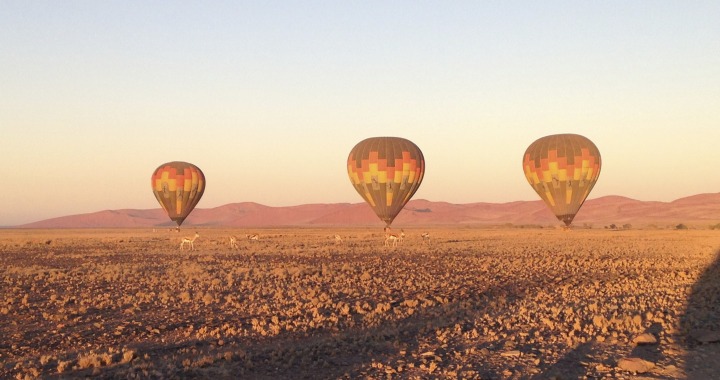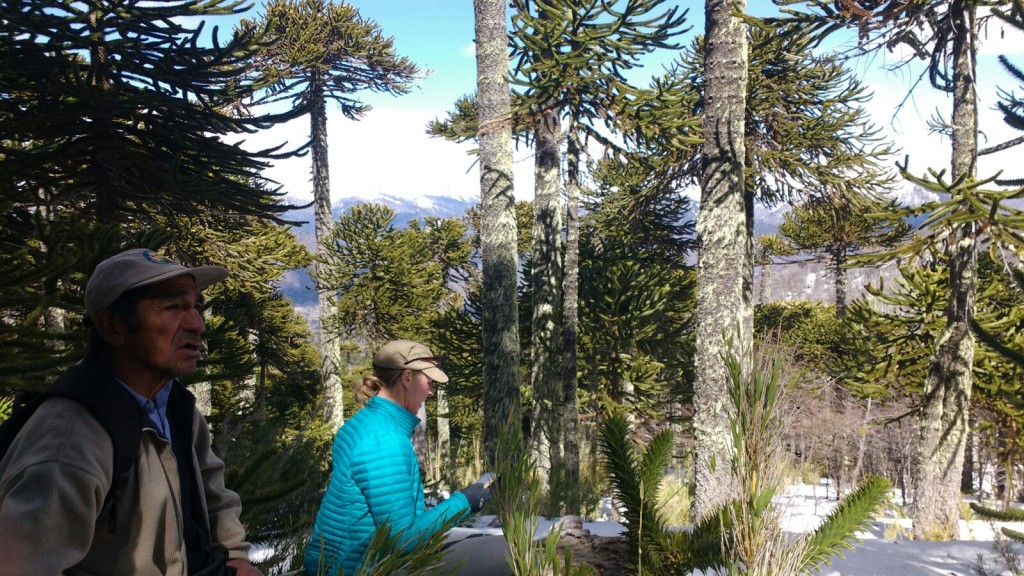I just got done reading an article by Christina Beckmann in Adventure Travel News titled “Carbon Offset Prices Are On the Rise; Adventure Travel Businesses Consider Their Climate Strategies“. The main emphasis of the article is that, due to the increase in demand and clearer guidelines, the price for carbon offsets is increasing. As part of the clearer guidelines, increased demand, as well as a way to differentiate from competitors, there is a greater emphasis on the quality of the carbon offset. Specifically, the article states, in four major measurements:
- Additionality: would the project have happened anyway, without the revenue received through the purchase of the offset?
- Uniqueness: is your offset the only offset linked to the carbon dioxide equivalent emissions and not double-counted?
- Measurability: can the emissions avoided or removed be quantified with recognized standard tools?
- Permanence: is there an emissions avoidance or sequestration commitment over a set period of time (eg 100 years)?
I am pleased to see that there is greater emphasis on the quality of the carbon offset, as outlined in this article. I have been concerned for years that offsets have been a too-easy way to reduce people’s guilt about traveling, without accountability to know when a company is just green-washing. I agree with Court Whelan, Chief Sustainability Officer at Natural Habitat Adventures, who was quoted in the article about the need for third-party verification systems. I also agree with Court’s statement about de-carbonizing as a type of risk mitigation, versus a strategy to make travel climate-friendly – which it never will do. Just like we need to have a plan for coastal cities and island nations for when seawater rises, our primary focus needs to be on drastically reducing what is causing seawater to rise in the first place. There is a lot more we can and should be doing to prevent the carbon BEFORE it gets into the atmosphere. Even if technology will help us cope or lessen the catastrophe, it won’t save us. Only changing our behavior and reducing our impact will.
Therefore, what I am not pleased with in this article, and in our industry overall, is how little attention is given to reducing our overall footprint (carbon and otherwise). I think this is true in all industries – we love a technology fix that conceals our issues with over-consumption, and gives an entrepreneur (or hedge fund) something they can make money on. But the real issue is, the wealthiest on this planet are consuming WAY too much and this consumption, and the waste that comes with it, is destroying this planet (and the potential extinction of the human species). There is a “net positive” approach that CAN overcompensate for the negative impacts with positive ones. But this needs to be genuinely measured. For example, saying it is a net positive to build a luxury “eco” lodge in a pristine area because the guests’ increased awareness of the nature, culture, etc, will help those causes overall, needs to be measured and held accountable. Otherwise it is greenwashing. Regarding using “eco”, it doesn’t matter if the lodge gets 75% of its energy from solar or wind if the lodge uses 300 times what local people use, and the non renewable energy is coming from diesel generators.
Technology clearly has a place, but rather than focus so heavily on technology to clean up the mess we have created, such as de-carbonization, we should focus on practices and technology that reduces the carbon and other impacts in the first place. For example, there currently is technology for hybrid boats and ships that run on cleaner burning fuels, versus the bunker fuel most ships currently use. Every tour vehicle (buses and vans) could be electric. We need to push for regulation that fast tracks these technologies, and simultaneously educate the consumer to increase consumer demand.
For the most carbon intensive part of the travel industry, air travel, there are plenty of ways that airplanes could be we way less polluting. We have learned how to do this (albeit not quickly enough) in the regulation of the auto industry. Regulations requiring airline fleets to have an average carbon budget would provide a market for manufacturers to design and build planes with lower emissions. We should be focusing our energy on THIS technology that will reduce the carbon (and other pollution) going into the air NOW.
While I found this article to be informative I feel it falls into the trap of focussing on workarounds, such as sequestration and de-carbonization, rather than focussing on the more effective solutions of reducing our consumption all together. The Adventure Travel Trade Association (ATTA), who publishes Adventure Travel News, has been working since their inception on ways to increase the sustainability of the travel industry, and has had many successes to be celebrated. I am proud to be a member of this organization, which is unafraid to call to task all of us who need to do more, as CEO Shannon Stowell did at the 2018 Adventure Travel World Summit.
But I think ATTA is giving too much attention to the de-carbonizing company, Tomorrow’s Air, which Christina Beckmann is a cofounder, distracting us from the more effective, but harder choices, of reducing our impact in the first place. Yes, humans have waited (and are still waiting) too long to take climate catastrophe serious, so carbon sequestration and removal will be needed as part of the way we cope with the inability for us to be completely carbon free in the near term. But by emphasizing these coping mechanisms without providing double the coverage for why and how we need to reduce carbon (and other impacts) in the first place, I believe is contributing to “business as usual” greenwashing that keeps the travel industry a huge part of the climate problem. I respect that people, like Beckmann, are trying to do something positive while also advocating for reducing carbon emissions. My concern is that we look at de-carbonization as the “easy” fix because we are unwilling to do the harder, and more necessary work, of reducing our consumption in the first place. As Tomorrow’s Air says “The more we cut emissions—by switching to renewable energy, increasing energy efficiency or reducing deforestation, for example—the less we will have to rely on costly carbon removal techniques”. We can and should be talking about reducing our impact first and foremost.



